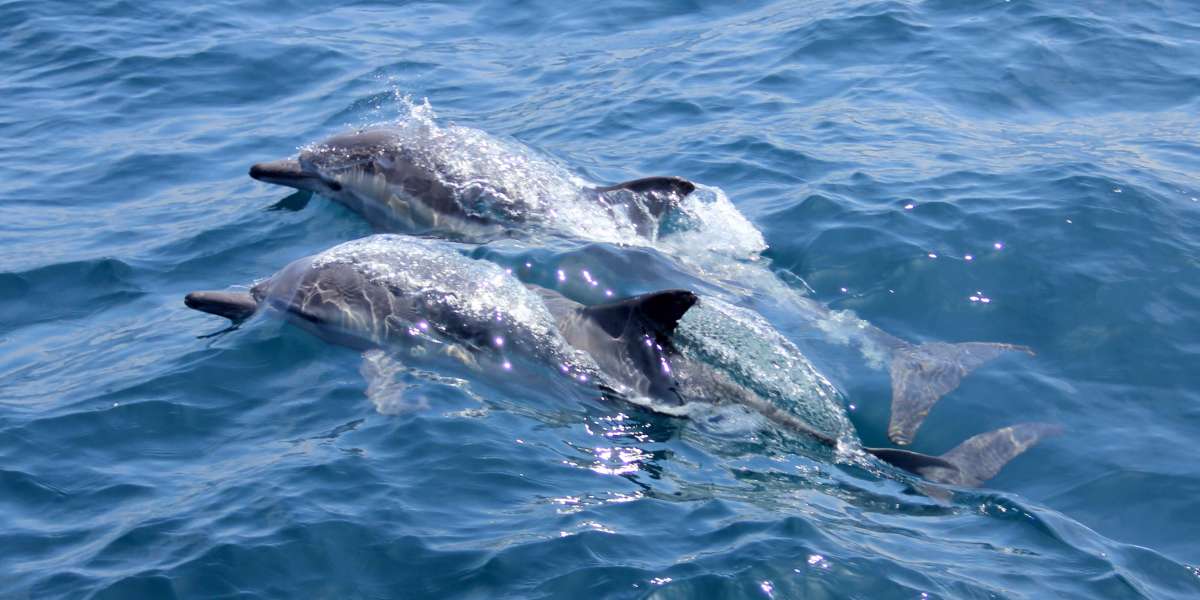In the vast expanse of the ocean, few creatures command as much awe and fascination as the killer whale, or orca. With their striking black and white markings, immense size, and remarkable intelligence, killer whales have captured the imagination of people around the world. However, amidst the mystique surrounding these apex predators, a common question arises: Are killer whales dolphins?
This article embarks on a journey to unravel the truth behind the taxonomic classification of killer whales and their relationship to dolphins. By delving into the intricacies of marine biology, evolutionary history, and scientific inquiry, we aim to shed light on this often misunderstood aspect of cetacean biology.
Taxonomy and Classification: To understand whether killer whales are dolphins, it is essential to grasp the basics of taxonomy, the science of classifying organisms based on shared characteristics. Both killer whales and dolphins belong to the order Cetacea, which encompasses all whales, dolphins, and porpoises. Within the order Cetacea, there are two main suborders: Odontoceti, or toothed whales, and Mysticeti, or baleen whales.
Dolphins, along with porpoises, are members of the suborder Odontoceti, characterized by their teeth and diverse adaptations for echolocation. Killer whales, scientifically known as Orcinus orca, also belong to the suborder Odontoceti, placing them taxonomically within the same group as dolphins.
Evolutionary History: The evolutionary history of cetaceans provides further insights into the relationship between killer whales and dolphins. Both groups share a common ancestor that lived millions of years ago, likely resembling a small, wolf-sized terrestrial mammal. Over time, these early ancestors transitioned from land to sea, evolving specialized adaptations for life in the marine environment.
Within the suborder Odontoceti, various families and genera have diversified to occupy different ecological niches. Dolphins belong to the family Delphinidae, which includes over 30 species ranging from the diminutive Maui dolphin to the iconic bottlenose dolphin. Killer whales, while distinct in appearance and behavior, are members of the family Delphinidae, placing them within the same taxonomic family as dolphins.
Physical and Behavioral Characteristics: Despite their shared taxonomic classification, killer whales and dolphins exhibit notable differences in physical appearance and behavioral traits. Killer whales are among the largest members of the dolphin family, with males reaching lengths of up to 9 meters (30 feet) and weighing over 5,000 kilograms (11,000 pounds). Their iconic black and white coloration, robust bodies, and prominent dorsal fins distinguish them from other dolphins.
In terms of behavior, killer whales are apex predators known for their intelligence, social complexity, and cooperative hunting strategies. They display remarkable communication skills, employing a diverse repertoire of clicks, whistles, and vocalizations to coordinate group activities and maintain social bonds. While dolphins also exhibit high levels of intelligence and sociality, killer whales occupy a distinct ecological niche as top predators in marine ecosystems.
Cultural Significance and Conservation: The distinction between killer whales and dolphins extends beyond scientific taxonomy to encompass cultural significance and conservation efforts. Killer whales hold a revered status in many indigenous cultures, where they are often regarded as spiritual beings or symbols of strength and wisdom. In modern society, killer whales have become iconic symbols of marine conservation, captivating public attention through their portrayal in popular media and advocacy campaigns.
However, despite their cultural and ecological importance, killer whales face numerous threats in the wild, including habitat degradation, pollution, climate change, and depletion of prey populations. Conservation efforts aimed at protecting killer whales and their habitats also benefit other marine species, including dolphins, underscoring the interconnectedness of marine ecosystems and the importance of holistic conservation approaches.
Conclusion: In conclusion, the question of whether killer whales are dolphins stems from their shared taxonomic classification within the order Cetacea. Both killer whales and dolphins belong to the suborder Odontoceti, reflecting their evolutionary history and shared ancestry. While killer whales and dolphins exhibit distinct physical and behavioral characteristics, they are united by their membership in the family Delphinidae, placing them within the same taxonomic family.
Beyond scientific taxonomy, killer whales and dolphins hold cultural significance and ecological importance, serving as ambassadors for marine conservation worldwide. By understanding and appreciating the complex relationships between these magnificent creatures, we can foster greater awareness and stewardship of the oceans and the diverse life forms that inhabit them.
Learn More: DolphinXpert.com



